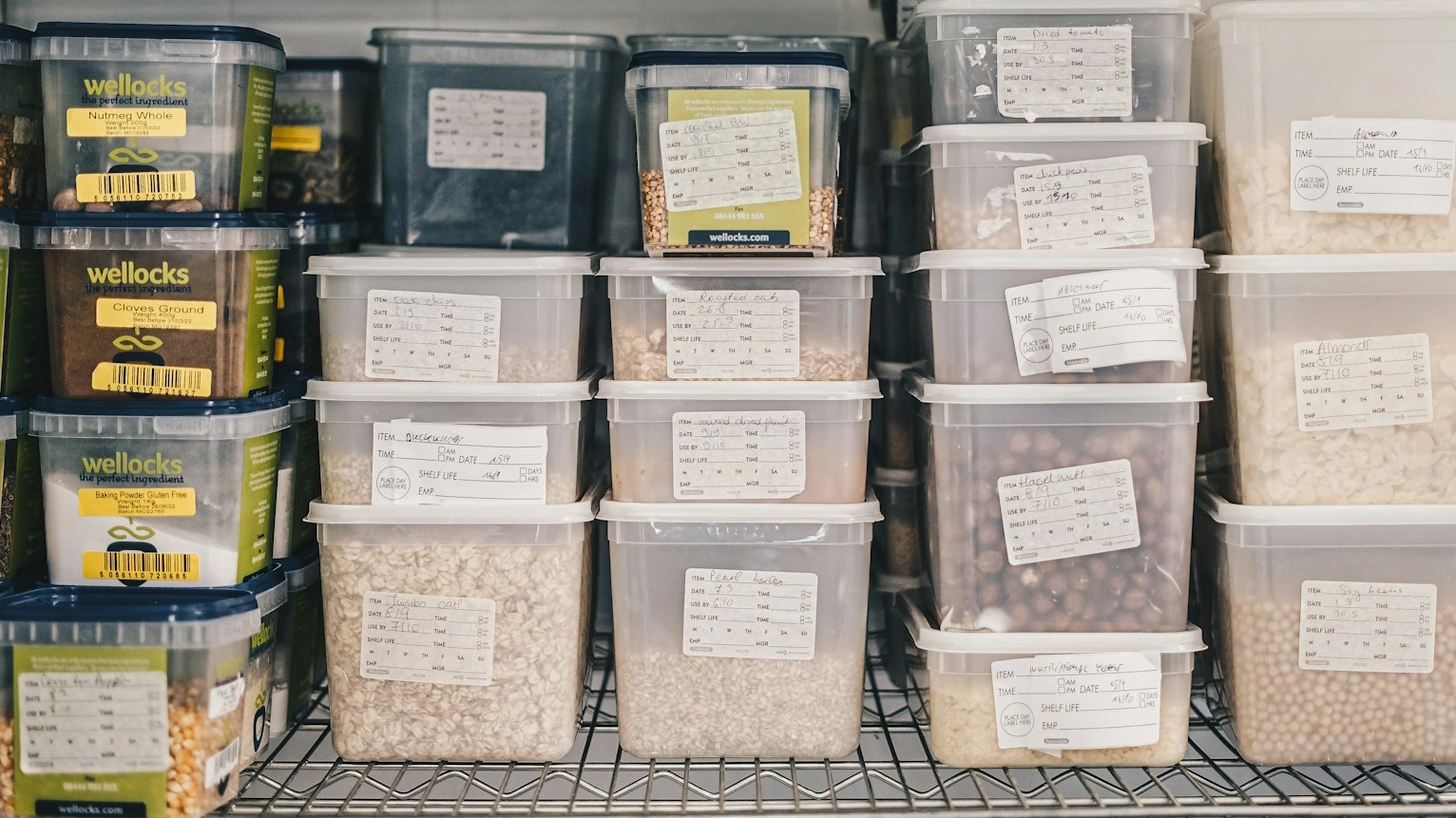
Question: How Do Chefs Organize a Pantry?
Answer: Chefs organize pantries by grouping similar items, prioritizing frequently used ingredients for easy access, using FIFO (First In, First Out) rotation, and labeling everything clearly for quick identification and inventory management.
Chef-Approved Pantry Organization
Chefs rely on efficient pantries. A well-organized pantry saves time and reduces food waste. This guide shows how chefs organize their pantries for maximum efficiency.
FIFO: First In, First Out
Chefs use the FIFO method. FIFO means “first in, first out.” They place older items in front. They place newer items in back. This method prevents food spoilage. FIFO helps chefs use ingredients before they expire. This system minimizes waste and saves money.
Imagine your pantry as a conveyor belt. Items enter at the back. Items exit at the front. This visual helps maintain the flow. Use clear labels with dates to help identify older items quickly.
Click here for more information on kitchen refacing near me Toronto
Related Article: What is a Chef’s Pantry?
Optimizing Shelf Space
Chefs maximize vertical space. They use stackable containers and install shelves at varying heights. This approach creates more storage. Adjustable shelves accommodate different sized items. Tall items fit on higher shelves. Short items fit on lower shelves. This maximizes the use of available space.
Consider using shelf risers as they can double the shelf space. Place frequently used items on easy-to-reach shelves. Store less-used items on higher or deeper shelves. This ergonomic layout simplifies access to everyday ingredients.
Airtight Containers for Longevity
Chefs use airtight containers. Airtight containers keep food fresh. They protect against pests. They prevent moisture from entering. This preserves the quality of dry goods. Flour, sugar, and grains stay fresh longer. Airtight containers also help maintain flavor and aroma.
Transferring items from original packaging to airtight containers creates a uniform look. This enhances the pantry’s visual appeal. Clear containers make it easy to see contents without opening them. This saves time and minimizes exposure to air and moisture.
Labeling for Easy Identification
Chefs label everything. Clear labels identify contents. Labels show expiration dates. They indicate quantities. This clear labeling simplifies inventory management and reduces food waste. Chefs know exactly what they have and when to use it. Consistent labeling creates a professional and organized look.
Use labels that are easy to read and include essential information like the item name, date, and quantity. This clarity prevents confusion and ensures everyone using the pantry can easily find what they need.
Regular Inventory and Cleaning
Chefs perform regular pantry checks. They check expiration dates. They discard expired items. They note items needing replenishment. This prevents food waste and ensures they always have necessary ingredients.
Regular cleaning keeps the pantry sanitary. Clean shelves prevent pest infestations. A clean pantry also promotes a pleasant working environment. Allocate time each week or month for cleaning and inventory checks.
By following these organizational tips, you can create a chef-level pantry in your own home. These methods improve efficiency and minimize food waste. They make cooking more enjoyable. [ 1 ]
References
1. https://www.marthastewart.com/2124840/pantry-organizing-tips/

Blue Malue Get in touch with Blue here.
